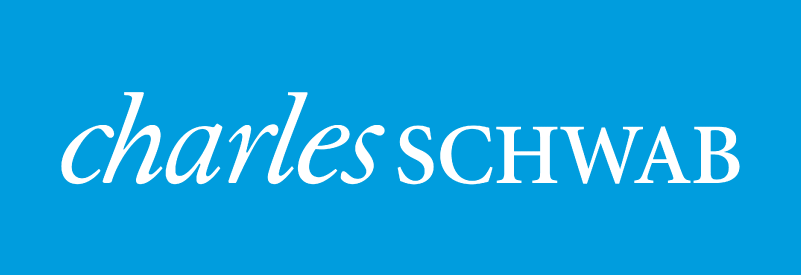June was anything but sleepy. Last month may well be the month that will stand out, looking back 10 years from now, as the beginning of the new or the end of the old European Union. It was also a notable month from the perspective of the Fed. Overall, it was a market that was very favorable for fixed income and mixed for equities, depending on currency and geographic region.
The June 23rd British referendum delivered a shock to the global markets that neither equity nor fixed income markets properly anticipated. As the dust settled in the last week of June and first week of July, markets recovered and cooler heads prevailed. Financial markets seemed to acknowledge that there will be much time, negotiating, and uncertainty across both economic and political realms that will need to settle before one can properly discount the catalyst. That said, and as stated in our flash memorandum, it is potential for destabilization of the EU that has our attention. It has been a long standing stabilizing force in the Western world. The ‘If them, why not us’ scenario, where other member nations follow suit would fall in the all bets are off category pretty quickly. Additionally, one must be cognizant of the potentially significant fiscal policy implications resulting from the resounding working class populist voice expressed in a major world economy like the UK. Similar tones currently in the U.S. and long standing momentum in Latin America are notable. Not surprisingly, European (ex-UK) equity markets fell -4.8% in June while the UK fell -3.6%. UK returns were far worse after accounting for the precipitous fall in the Sterling, which instantly fell to 30yr lows on the news of the referendum vote.
The June FOMC meeting was notable in that it marked a capitulation of sorts by the Fed to conform to market expectations of continued accommodative monetary policy. As expected, the Fed kept interest rates steady, noting softening labor market indicators (May payroll increase of only 11,000) and weak business investment. Meanwhile, the Fed’s preferred inflation gauge is rising at a 1.7% annual rate (2% target) and household spending has remained relatively supportive. Perhaps more significant was a notable reduction in future rate hike expectations to become more in line with market forecasts. For the first time since publishing forward rate forecasts, a voting FOMC member, withheld his long-term forecast, in somewhat of a symbolic gesture, citing the difficulty of accurately forecasting rates beyond two years. Fed policy implications on the global bond market is significant in that it remains the only major central bank likely to maintain or even hike interest rates for the foreseeable future. Given that nearly $13trillion of global sovereign bonds and over $250b of global corporate bonds are yielding less than 0%, it makes capital inflows to U.S. bonds, and the resulting suppression of yields, a very real outcome for the foreseeable future. Negative bond yields qualify for the ‘bubble’ label by any measure. Large or surprise fiscal packages in Europe or Japan could certainly mark an inflection point in yields, something we are intently monitoring.
Despite the global turbulence, emerging market equities rallied in June, increasing their lead on developed markets. Brazil alone climbed 19% on hopes that the darkest days are behind them. Brazil stands up 46% on the year after falling 41% in 2015. Potential Chinese stimulus and strong commodity markets (+4%) certainly benefited Latin America (+11.4%) as well as emerging Asia (+2.8%). Lastly, everyone’s favorite pet rock, gold, jumped nearly 9% for the month on its preferred backdrop of geopolitical uncertainty.




Leave a Reply